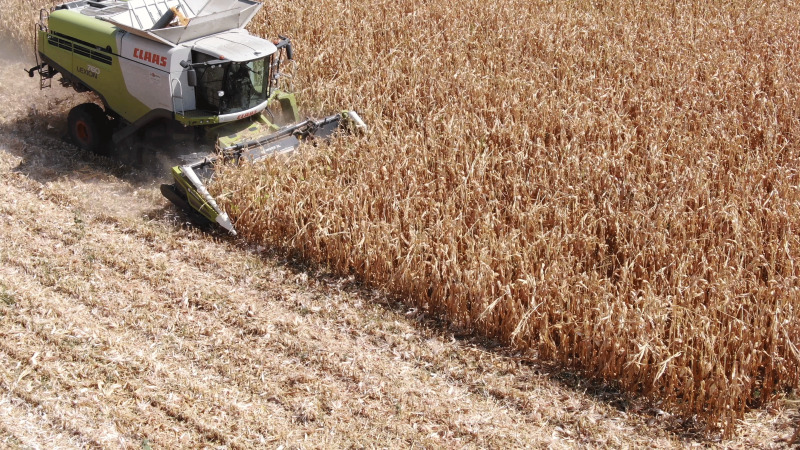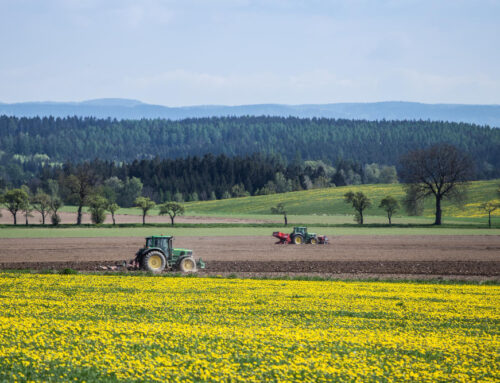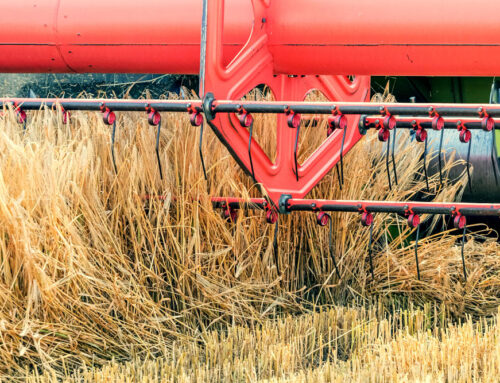Corn is one of the most produced and consumed cereals worldwide, and to ensure efficient harvesting, farmers use specialized machinery tailored to the crop’s characteristics. Among the most vital tools in corn harvesting are combine headers, and here, we will focus mainly on the differences between a row crop header and a corn head.
Row Crop Headers: These are designed to handle a variety of crops planted in rows, such as soybeans, sunflowers, and cotton. These headers are versatile and are characterized by guards and blades that allow cutting the crop close to the ground while preserving the integrity of the rows.
Corn Heads: In contrast, corn heads are specifically designed for corn. They have tines that fit between the rows of corn, detaching the cobs and allowing them to be processed by the machinery, while the rest of the plant remains in the field.
How wide is a 12-row corn head?
The width of a corn head is typically measured by the number of rows it can harvest simultaneously and the spacing between these rows. For a 12-row corn head with a standard spacing of 30 inches (approximately 76 cm) between rows, the total width will be approximately 30 feet (approximately 9 meters). However, it’s important to mention that the width can also depend on additional factors such as the presence of extra parts on the machinery or specific design features.
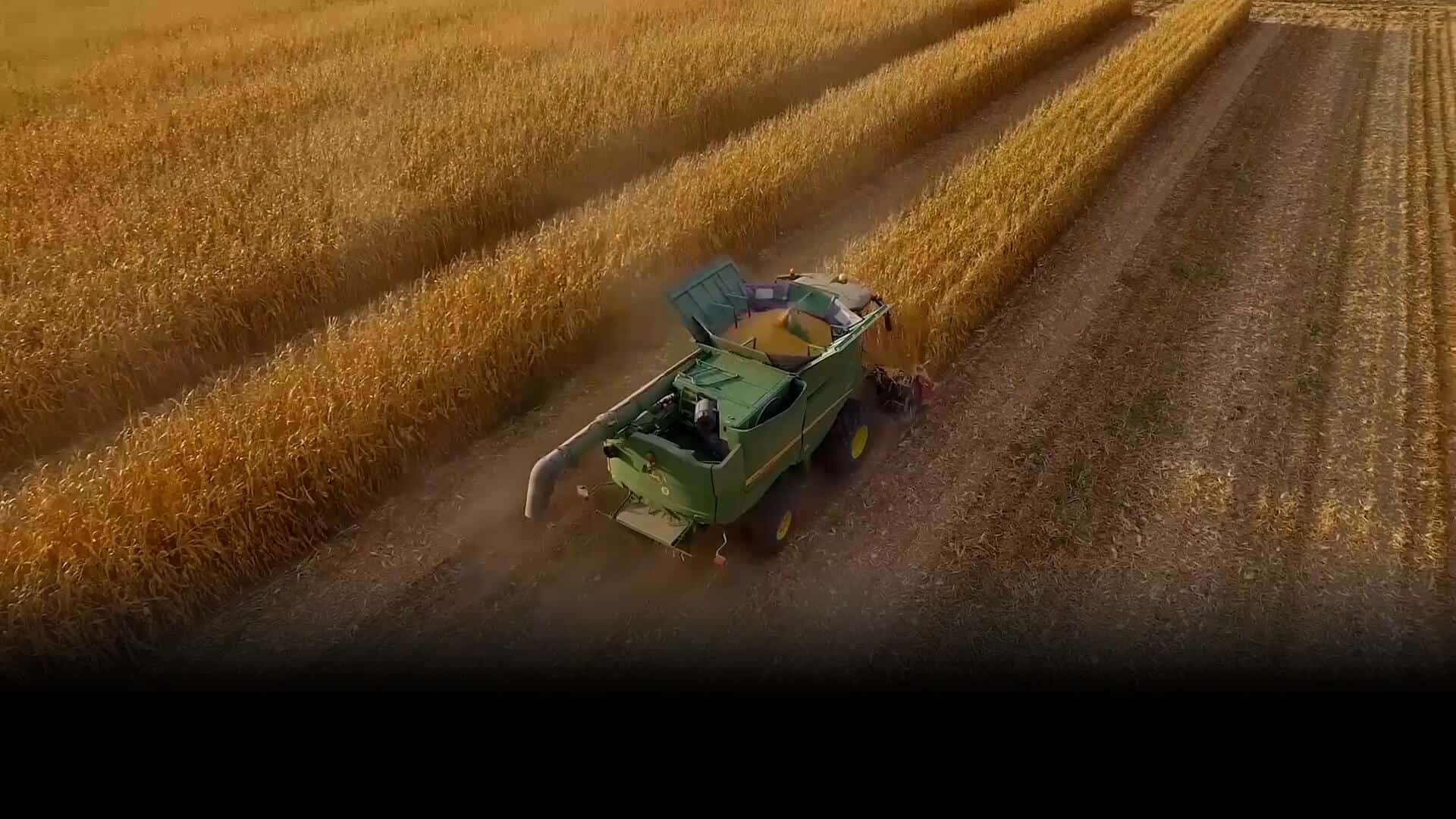
Why is corn grown in 30-inch rows?
Cultivating corn in 30-inch rows has been the standard practice in US agriculture and many other regions for decades. The reasons behind this method of cultivation are diverse and range from efficient use of space to resource and machinery optimization.
Optimization of Sunlight: 30-inch rows allow each corn plant to have more equal access to sunlight, which is vital for photosynthesis and, therefore, the healthy development of the crop.
Efficient Water Use: This spacing also optimizes water use as it allows for uniform irrigation and minimizes wastage.
Maximization of Production: Additionally, 30-inch rows are ideal for maximizing the amount of corn that can be planted in a specific area, balancing production per hectare.
Adaptation to Machinery: Agricultural machinery, such as planters and harvesters, has been designed to accommodate this specific row spacing, making planting and harvesting processes more efficient and less labor-intensive.
Are you looking for a corn head that provides precision and maximum quality? Discover our MR-800 model and see why it’s the best corn head for harvesting corn with ease and safety. If you need guidance, contact our team; we’ll be delighted to help you find the agriculture machinery you need.
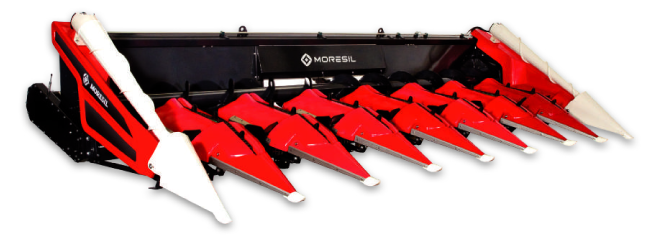
Contact us if you need help to choose the correct Specialized agricultural machinery you need.


